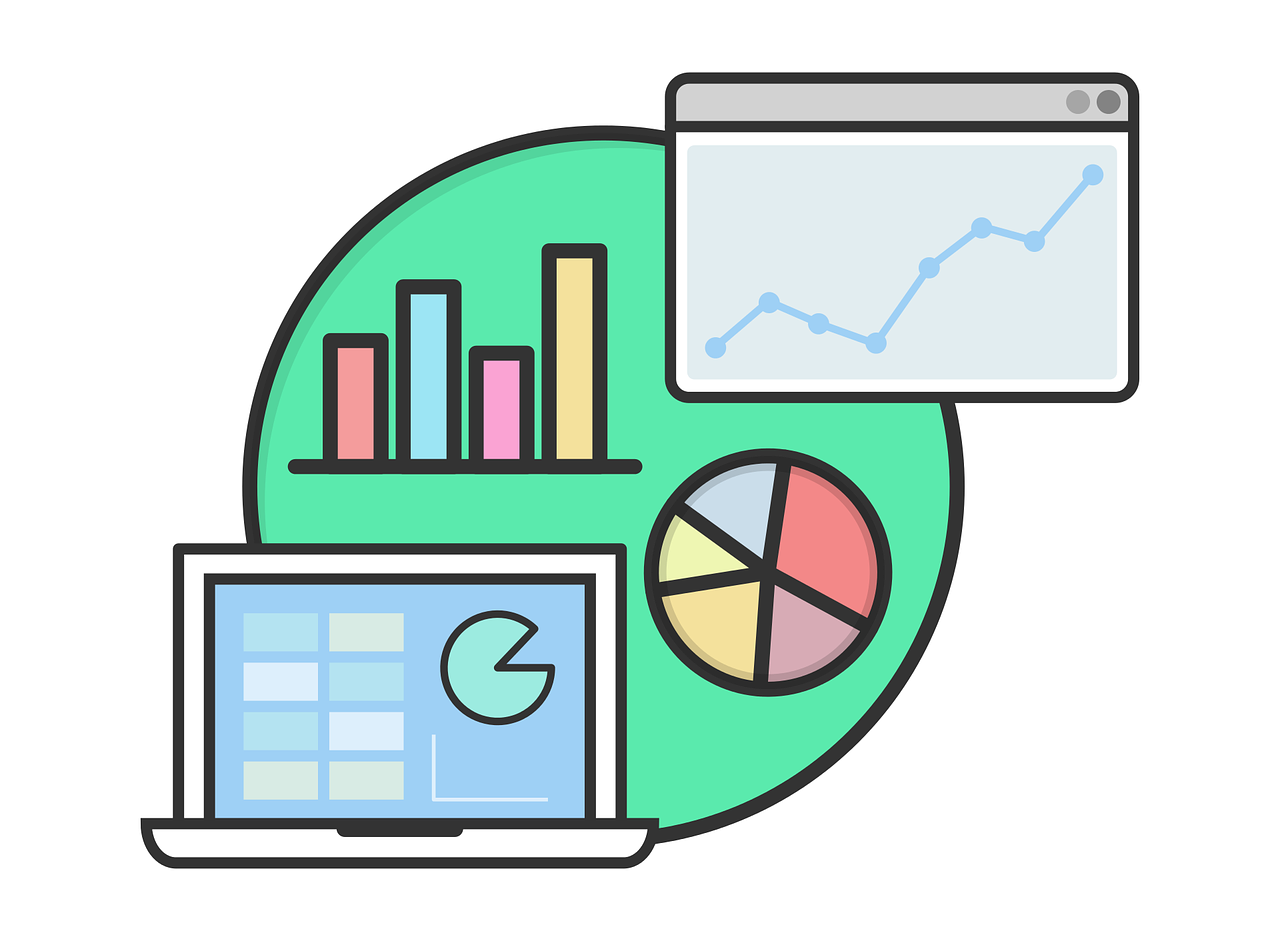Your Guide to Calculating and Improving Retention & Churn Rates

There are hundreds of metrics out there that your business could be calculating. We understand why you might feel overwhelmed, ready to throw in the towel when it comes to reporting. But tracking certain metrics is vital to growing your business. Specifically, retention and churn rates will help you better measure customer loyalty and what you can do to increase it.
But, how do you calculate retention rate and churn rate? And what is a good net retention rate or churn rate? Here’s what you need to know about tracking customer retention.
How Do You Calculate Retention Rate?
Before you can calculate retention, you need to determine your churn time. This is the amount of time it would take for a customer to come back and shop with you again. The churn time depends on the type of product you carry. If you sell groceries, you might expect a customer to come back every week. But if you sell swimsuits, customers might reasonably shop once or twice a year. Or if you’re like many businesses, you use business quarters as your pre-set churn time.
When you’ve decided on a churn time, you can use this retention rate formula:
- # of customers who ordered during the first churn period
- # of customers who ordered during the second churn period
- Divide the second period by the first period to get your retention rate
How Do You Calculate Churn Rate?
To calculate the churn rate, you need to use the same predetermined churn period. Then you’ll divide the number of “separations,” or customers who didn’t return to your business for a second period, by the total number of customers. Finally, you’ll multiply this number by 100. Here’s the churn rate formula:
- (# of separations / total # of customers) x 100
Churn Rate vs. Retention Rate: What Does It Mean for Your Business?
Now that you know the specifics of churn rate vs. retention rate, you may still be wondering what this all means for your business? Why should you care so much about these tracking numbers?
Though calculated separately, both churn rate and retention rate indicate how loyal your customers are to your brand. And, since it costs about seven times more for a company to gain a new customer than it does to retain an old customer, these numbers greatly matter to your business.
You’re saving your business an exponential amount of money every time you lower your churn rate. All of this saving means you can increase your bottom line and grow your business. You can also use these metrics to predict your revenue, know how much inventory you need, measure the quality of your customer service, and improve your loyalty programs.
What is a Good Net Retention Rate and Churn Rate?
Surely by now you’re convinced that you should care about these metrics. But how should you interpret the numbers you’re tracking? Are you doing a good job? What is a good net retention rate and churn rate?
Average customer retention rates vary by industry, but for most companies, average retention rates are less than 20%. Media, finance, and SaaS companies enjoy a slightly higher average customer retention rate, ranging from 25-30 percent. Therefore, any company with a retention rate greater than 35% should pat themselves on the back—you’re doing an amazing job!
What Affects Churn Rate?
Your churn rate could be affected by factors like the length of your churn period and or the type of business you run, but it can also be influenced by customer experience, customer expectations, and the value your product or service provides.
For example, if a customer has very high expectations for your product that are not met, they probably won’t be a repeat customer. If it takes a customer a long time to learn how to use your product, they’ll also be unlikely to be a repeat customer.
Though determining what affects churn rate can be complicated, it’s an important step in boosting customer retention.
Tips for Churn Retention Management
Once you know how to influence your churn rate, you can start focusing on improving the metric. This process of seeking to improve customer relationships is called churn retention management. Most companies create a customer success team to focus on churn retention management. If you’re new to this concept, here are some tips for getting started:
1. Personalize the Customer Experience
How well do you know your customers? Ideally, you’re utilizing customer data to understand the types of consumers who make up your customer base. You can then use this information to customize your digital ads, email marketing, and more.
2. Send Customer Surveys
If you really want to know how to reduce churn rates, just ask the people who know best: your customers. Send out surveys to get to know the likes and dislikes of your customers. Then listen to the feedback and use it to improve your product and services.
3. Set Up a Loyalty Program
It’s never too late to set up a customer loyalty program. If you’re not sure where to start, consider rewarding customers with discounts, freebies, or gift cards when they frequently shop with your company. Consider using a customer retention service to improve customer loyalty. By showing appreciation for your customers, you’ll incentivize them to stick around.
4. Offer Self-Service
Customers don’t like waiting around to get their problems solved or questions answered. By making it easier for customers to help themselves, you’ll increase customer satisfaction and save time and money on your end. You can do this by creating an FAQ page, sending shipment tracking information, allowing customers to print their own return labels, etc.
5. Create Subscriptions
Subscriptions are an excellent way to reduce churn rates because they allow customers to be repeat shoppers without having to lift a finger or put any thought into the matter. Whether you’re selling clothing or cleaning products, you can take advantage of this model by setting up auto-shipments.
Improve Your Retention and Churn Rates
By understanding retention and churn rates and how to calculate them, you’re one step closer to developing a more loyal customer base. Incorporate our tips for churn retention management to get even better churn rates and begin to grow your business.





